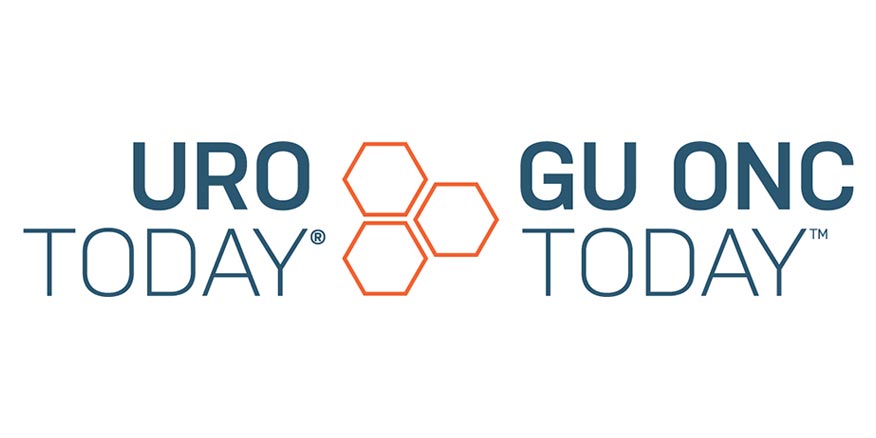Breakthrough in Urothelial Cancer Treatment: ESMO 2024 Five-Year Outcomes
Recent five-year outcomes from the EV-103 study reveal a promising shift in the treatment landscape for urothelial cancer, according to Professor Jonathan Rosenberg from Memorial Sloan Kettering Cancer Center. His presentation at ESMO 2024 highlighted the efficacy of combining Enfortumab Vedotin (EV) and Pembrolizumab (Pembro) in a patient population previously deemed difficult to treat. As survival rates and response times improve, the implications for future therapies are significant.
Promising Five-Year Outcomes in Urothelial Cancer
At ESMO 2024, Rosenberg revealed updates on the first cohort of the EV-103 trial, focused on patients with locally advanced or metastatic urothelial cancer who are ineligible for cisplatin-based chemotherapy. Historically, patients receiving traditional chemotherapy regimens like gemcitabine and carboplatin had a response rate of around 40% and median survival timelines of just 10 to 14 months.
In contrast, the EV-103 trial demonstrated a remarkable and unprecedented 73% initial response rate. Five years later, the data continues to shed light on durable patient outcomes, with 41.5% of participants expected to be alive at the five-year mark.
Key Findings from the EV-103 Trial
- Durable Responses: Five years post-treatment, 47% of responders maintained their responses according to Kaplan-Meier estimates, marking a profound shift from historical outcomes where only 3% of patients were alive after five years.
- Progression-Free Survival: The median progression-free survival stands at 12.7 months, with 38% of patients remaining progression-free at five years—a stark contrast to previous treatments’ outcomes.
- Long-Term Remissions: Many patients, approximately one-third, exhibited durable long-term responses exceeding four years, with some remaining off therapy entirely, raising exciting possibilities for survivorship.
Changing Perspectives on Urothelial Cancer
The results prompt a reconsideration of what is possible for patients who historically faced bleak prognoses. As Rosenberg remarked, “We may need to rethink survivorship for these patients in ways we never did before.” This sentiment underscores not only the statistical improvements but also the changing narratives around patient lives and the quality of life after treatment.
With over 40% of this patient cohort surviving five years, the ongoing data from this trial and subsequent trials like EV-302 are anticipated to further inform treatment strategies and outcomes.
Insights on the Future of Treatment
Rosenberg noted the potential for these findings to reshape treatment paradigms in metastatic urothelial cancer: "This clearly is the most active treatment for advanced urothelial cancer… It looks like the number of patients who get into that category here is probably double or triple that of a single-agent checkpoint inhibitor.” This statement hints at the possibility of new pathways toward remission and management strategies for those battling this disease, especially in a field where breakthroughs are essential.
Call to Action for Continued Research
The consensus among experts is clear: while the current findings signal a victory for the oncological community and patients alike, continued research is vital. The data coming from EV-302 and other ongoing studies will likely refine our understanding and treatment approaches for urothelial cancer.
As we witness these critical advancements, we invite our readers to engage and share their thoughts on this transformative research. What are your predictions for the future of urothelial cancer treatments? We encourage you to join the conversation in the comments section below or share this article with others who might find this information valuable.
For more updates on cancer treatments and technology innovations, be sure to check out articles on Shorty-News and consider exploring other reliable sources like TechCrunch and The Verge. Together, we can contribute to raising awareness and understanding of these significant health milestones.

